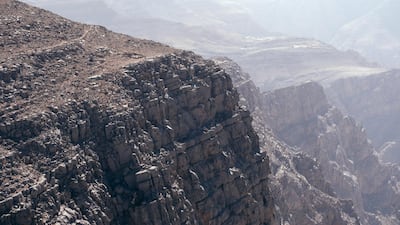Rare porcelain from China recently unearthed in Ras Al Khaimah is set to form part of a new exhibition in Beijing.
The blue and white shards date from the Yuan Dynasty of 1271 to 1368 and highlight the extent of China’s trade with the region through the Middle Ages.
The artefacts were discovered following excavations which began in 2017 and were jointly carried out by the Palace Museum in Beijing and Ras Al Khaimah’s Antiquities and Museums Department.
After centuries buried underground, the porcelain will return to China on loan for an exhibition on Indian Ocean trade routes, according to officials.
“There are only about 300 complete pieces of this type of porcelain in existence in the world,” said professor Wang Guangyao, a research fellow at the Department of Objects and Decorative Arts at the Palace Museum.
“There is little documentary evidence but the evidence we have found here in Ras Al Khaimah suggests very extensive and high level trade between China and here in the past.”
The fertile port city of Julfar was the medieval predecessor to Ras Al Khaimah and one of the two most important cites in the Gulf during the Middle Ages.
At the height of its power it was home to up to 70,000 inhabitants during the 14th and 16th Centuries. Even in 1150, however, the Arab geographer al-Idrisi referred to Julfar as a long-established pearling centre.
Sheikh Saud bin Saqr, the Ruler of Ras Al Khaimah, recently met with Chinese archaeologists to discuss their work in the emirate.
“These findings point to great cultural exchanges between our ancestors and the Chinese hundreds of years ago,” he said.
“We already know Ras Al Khaimah, or Julfar as it was then known, was a key trading post for the Gulf, India and Africa and this discovery confirms our understanding that we traded with people from as far afield as China.”

